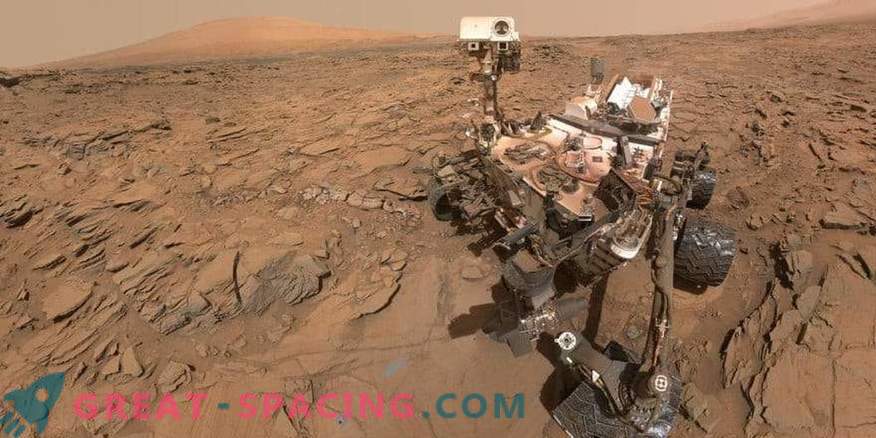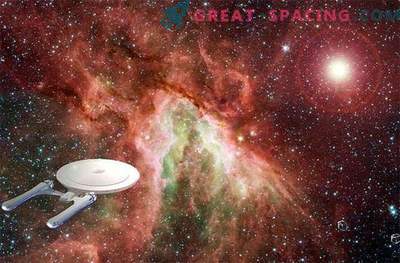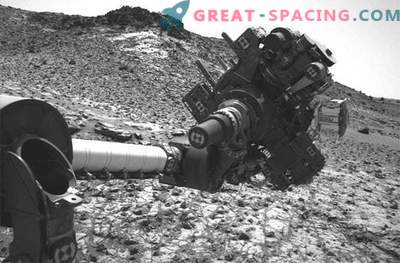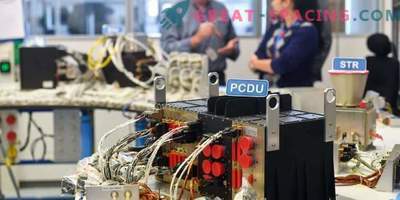
NASA's Mars Rover Curiosity sent this selfie on June 15, 2018
It's still unclear how the NASA Curiosity rover will end, but the mission team members are optimistic about the future and believe that they will be able to launch the 6-wheeled vehicle. On September 15, Curiosity ran into a problem: it could not transfer to Earth the scientific and engineering data stored in memory. Rover suspended all scientific operations until the technicians solve the problem.
The bottom line is the internal file system. There is a certain obstacle that prevents earth controllers from storing information. The team methodically eliminates the reasons, but it is not yet clear whether the situation is related to hardware or software.
The good news is that the rest of the rover is stable and responds to commands. It still sends real-time information. So this is not a critical situation, like the one that appeared on the 200th Martian salt in August 2012. Then the device did not react at all to the commands and could not “fall asleep” to recharge the battery. The previous problem was related to a failure in the hardware of the partial memory in the host computer and a software error. Engineers had to make replacements with an identical spare computer (B), which works in Curiosity to this day. The current problem is technically difficult, but the team does not despair. Curiosity has already managed to cope with complex failures, so there are still several solutions to the problem.
If it’s all about the memory hardware, you may be able to bypass the dead memory bays. If we are talking about a software error, then there is an option for updating the software. In the end, there is a spare computer that, with limited memory, still functions.
Curiosity has been on Mars for more than 6 years, receiving ample evidence that the Red Planet could have maintained microbial life in the past. For example, the observations of the rover helped to understand that Gale crater placed a system of lakes and water currents billions of years ago. The device has been studying the foothills of the Eolida since September 2014.











































